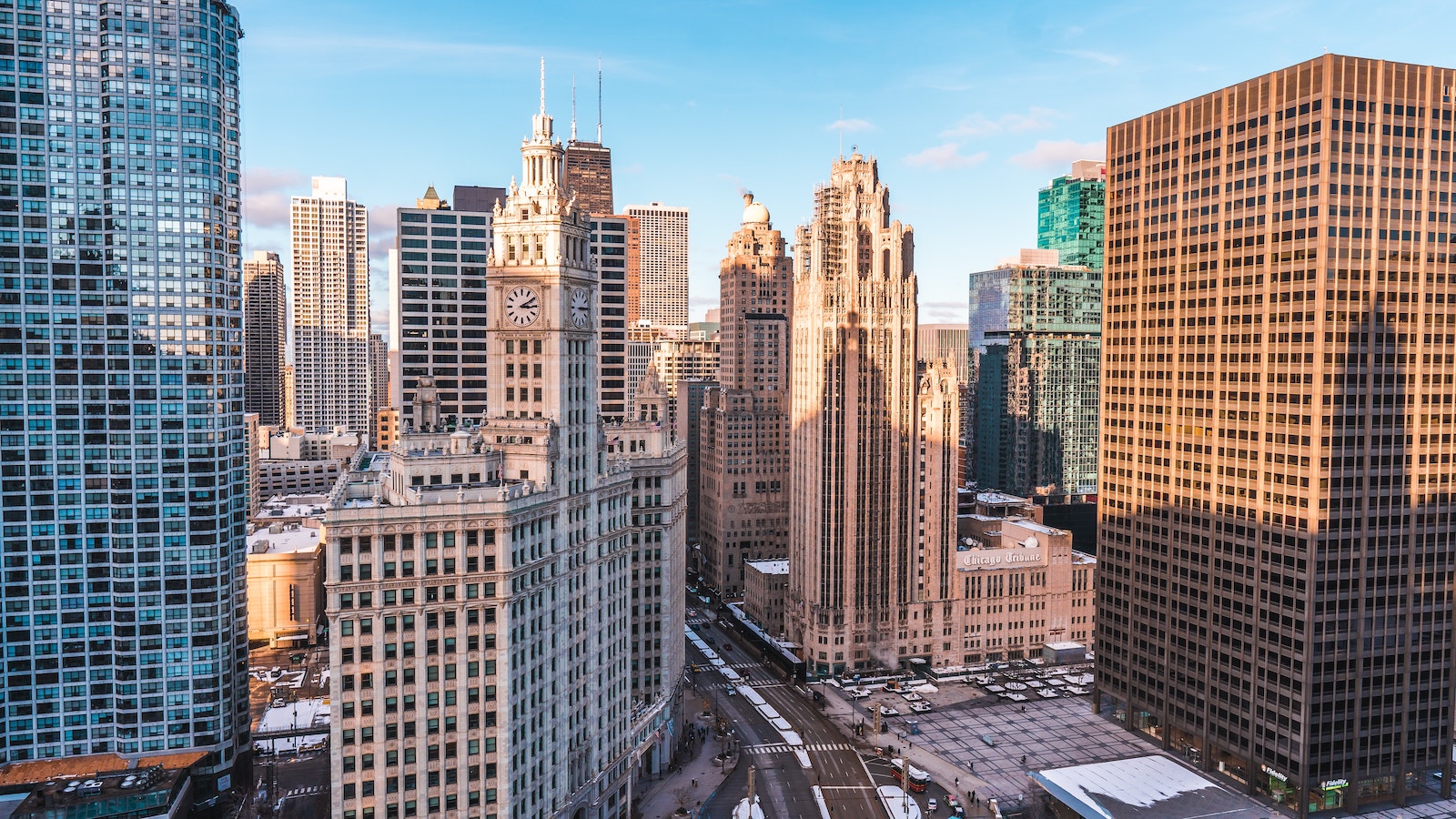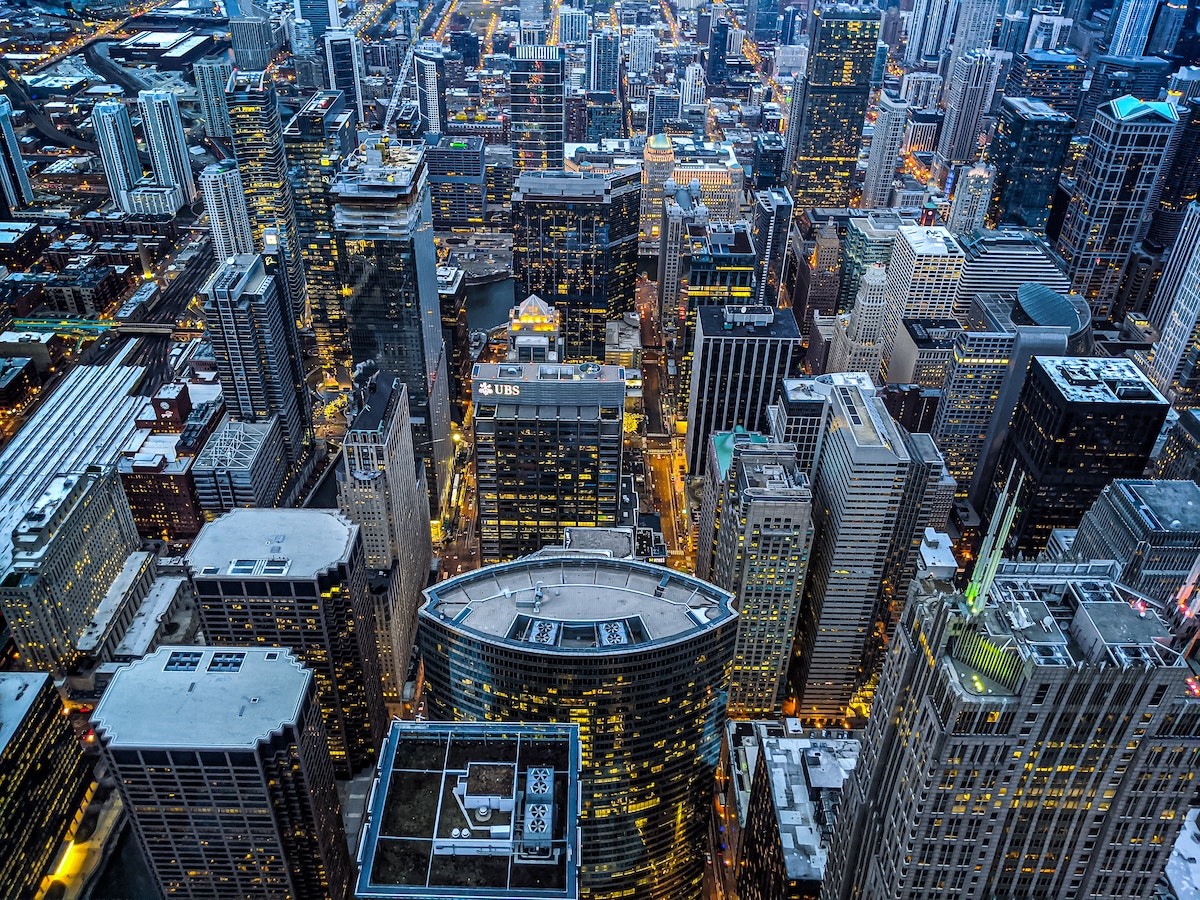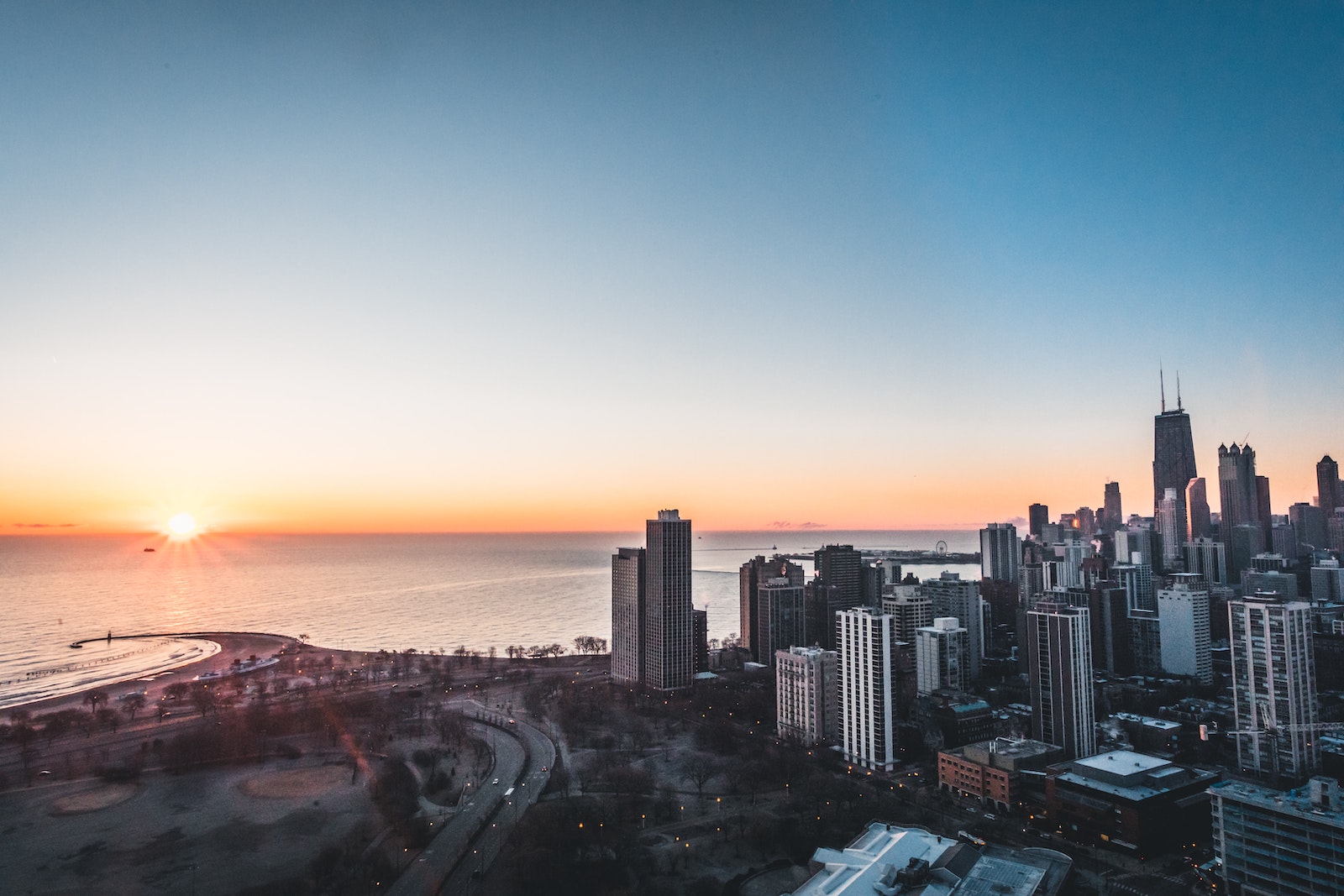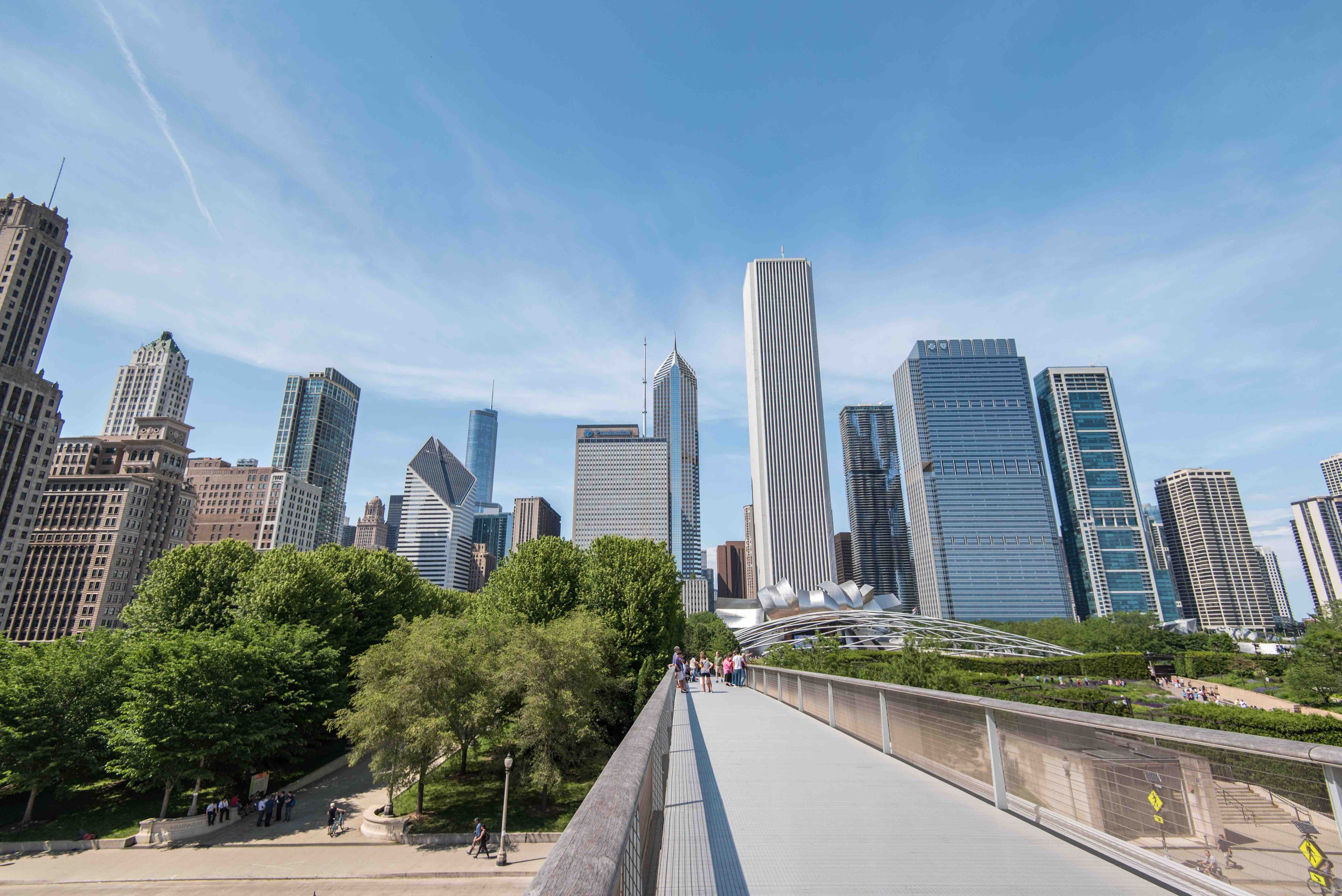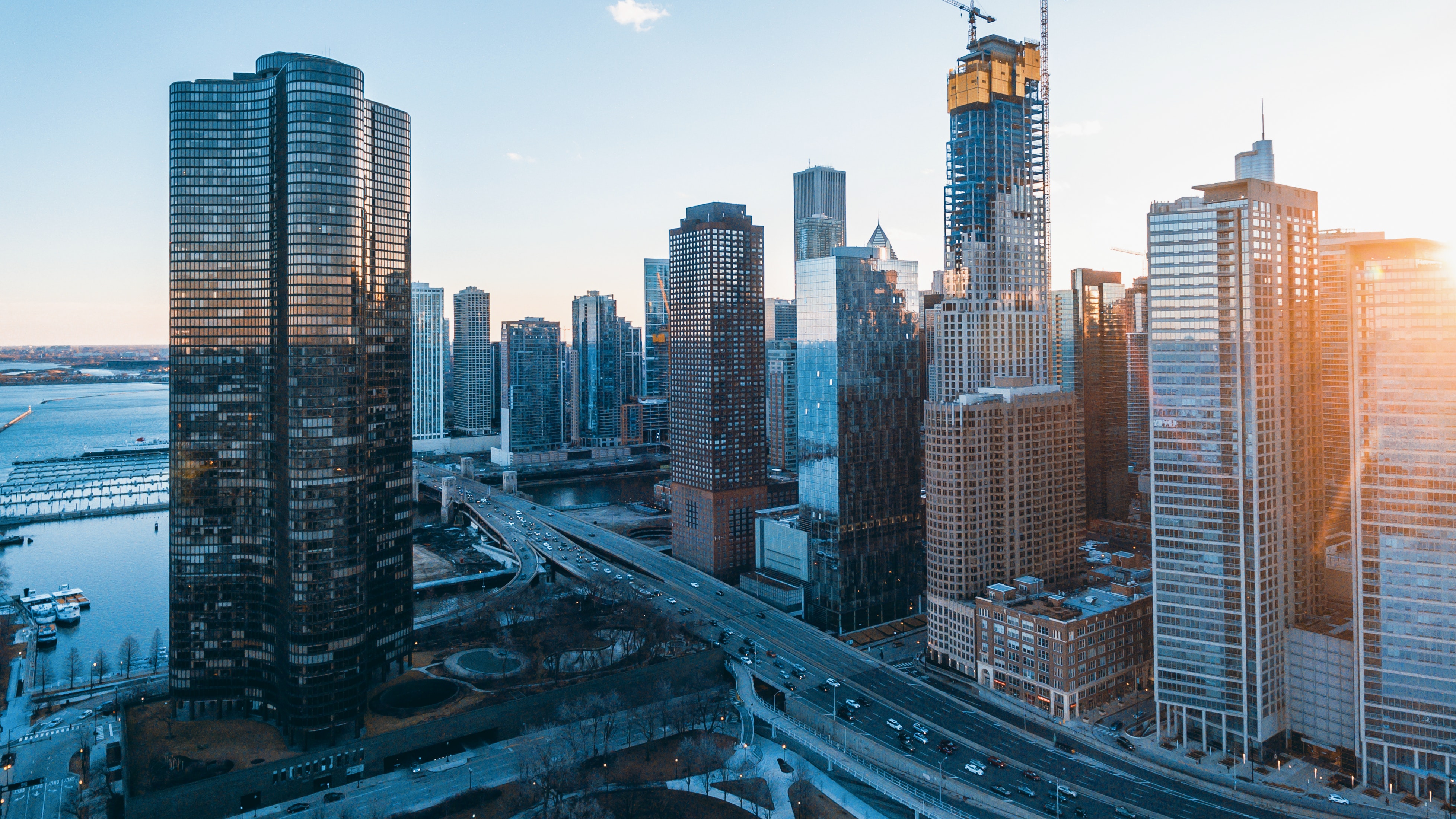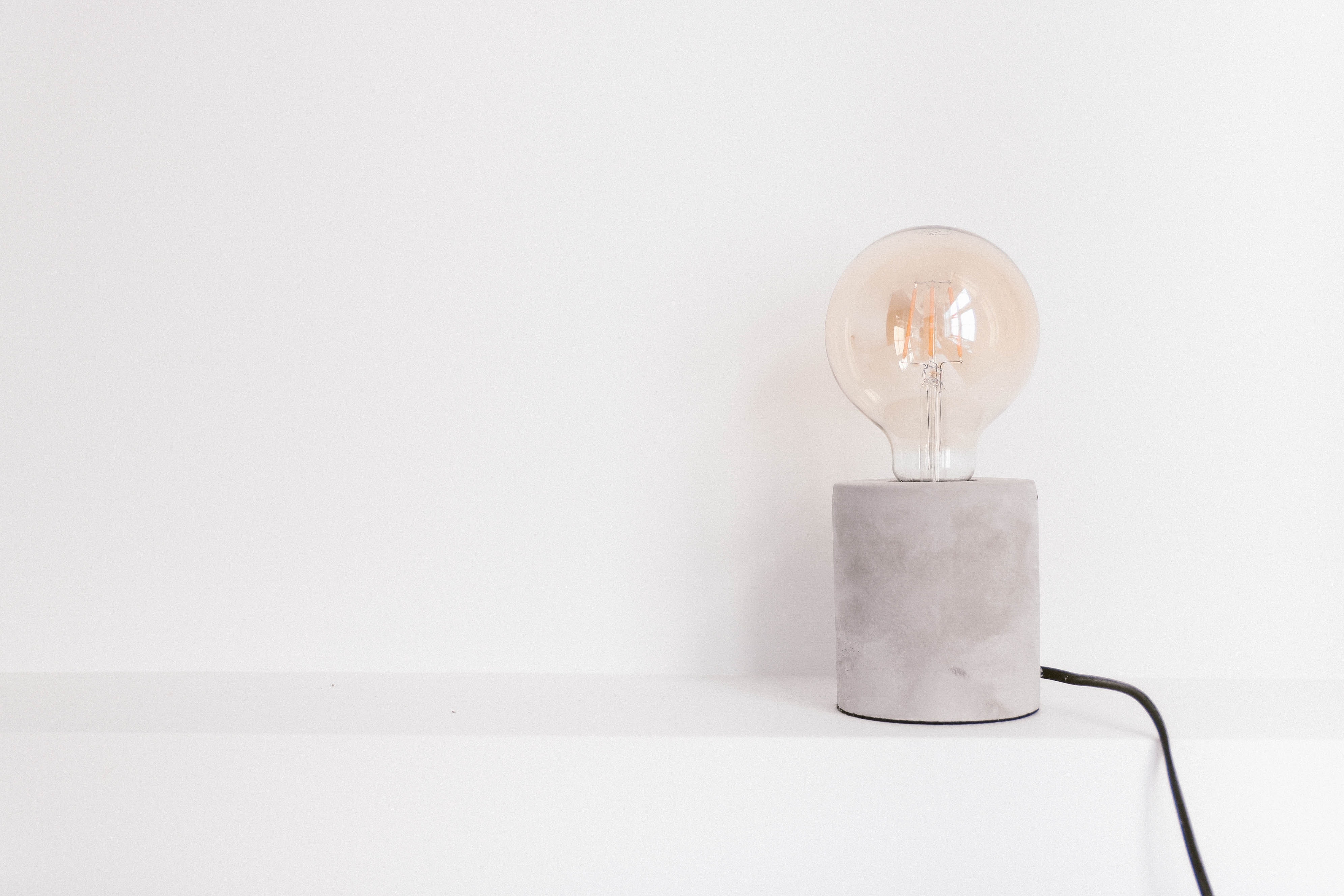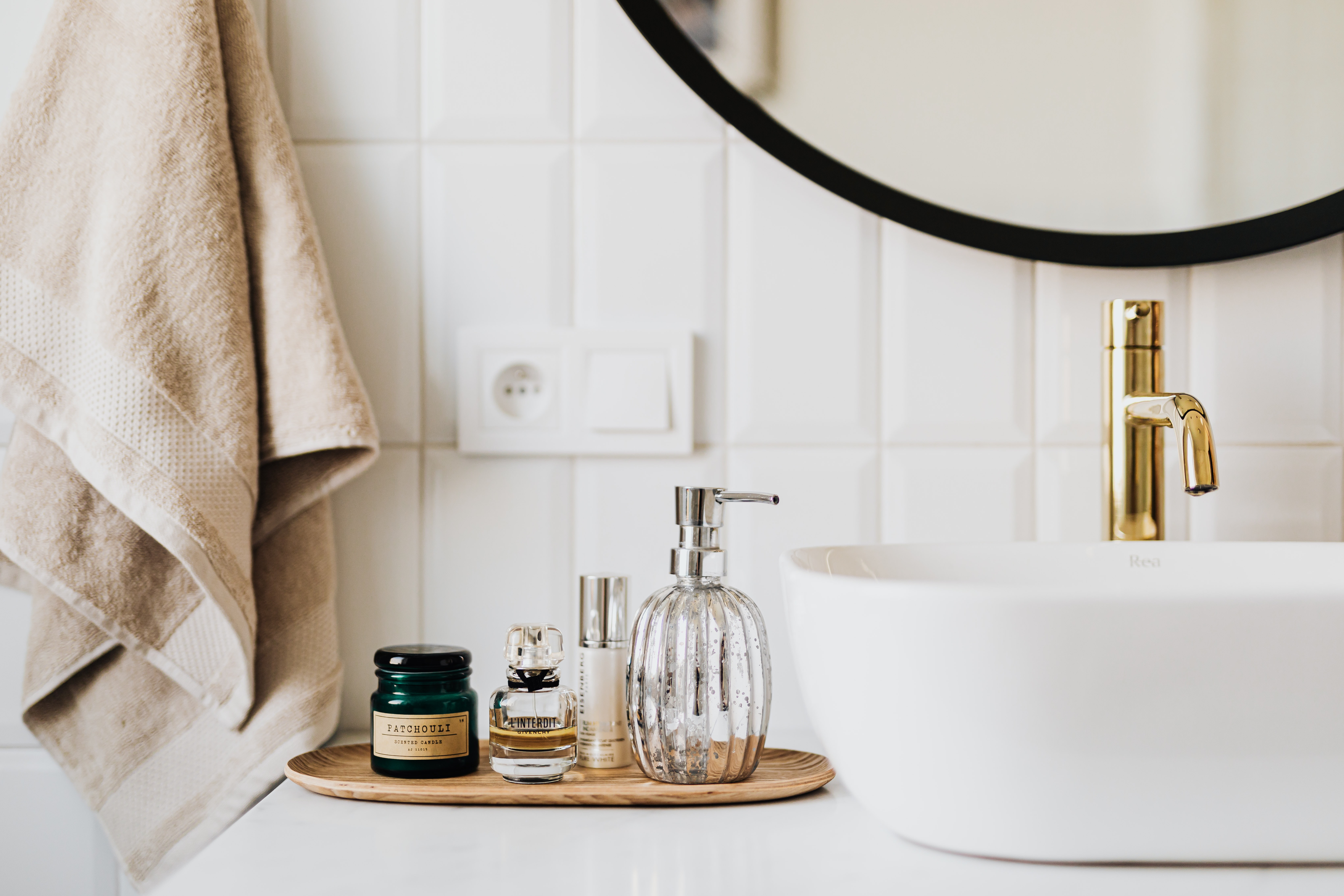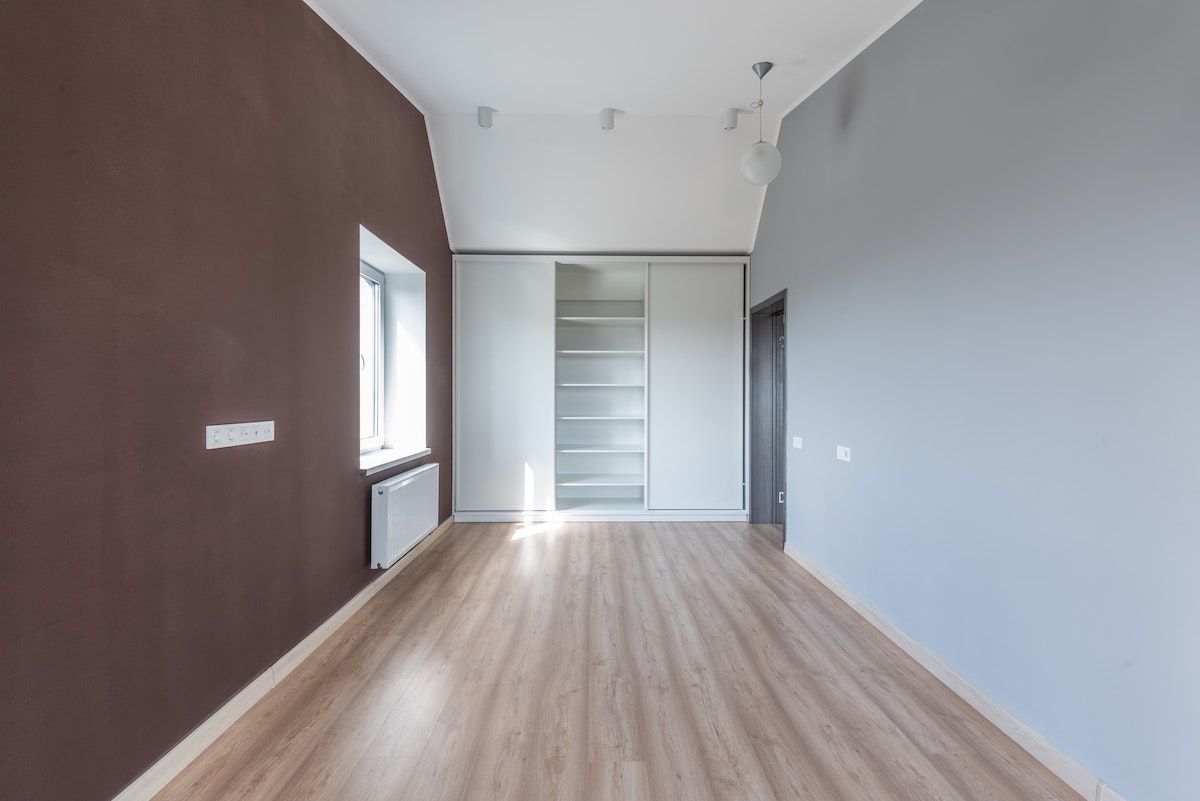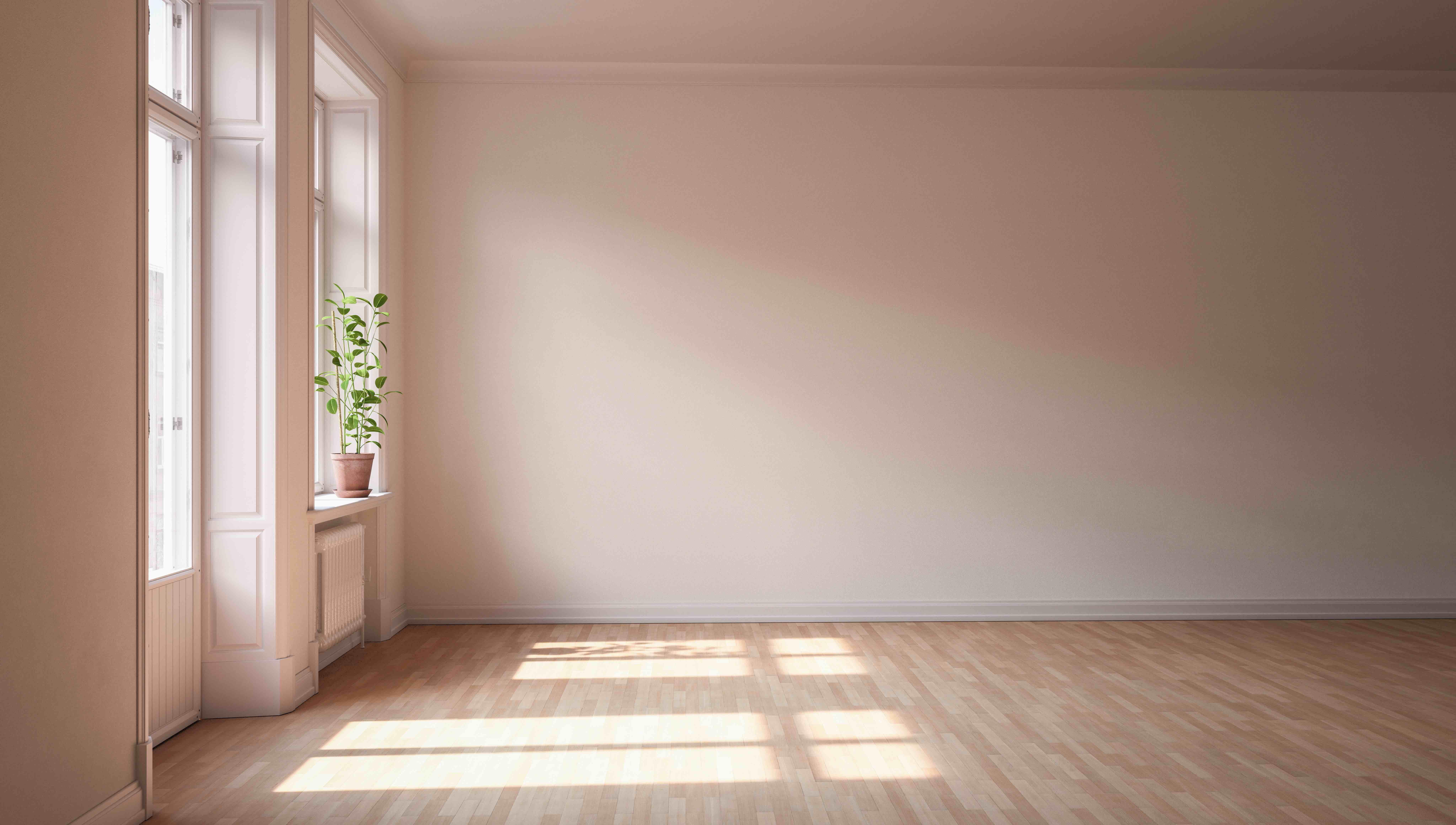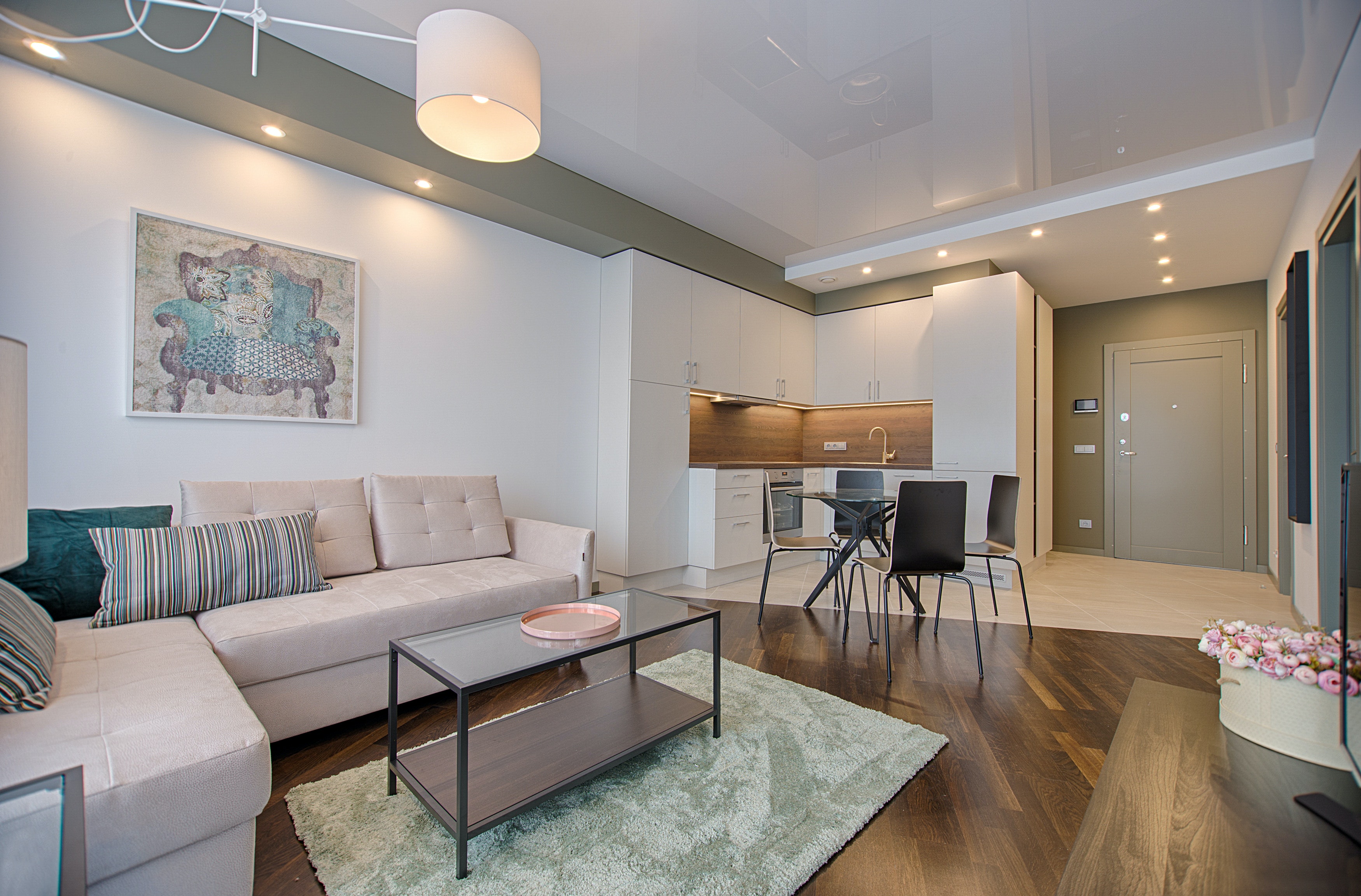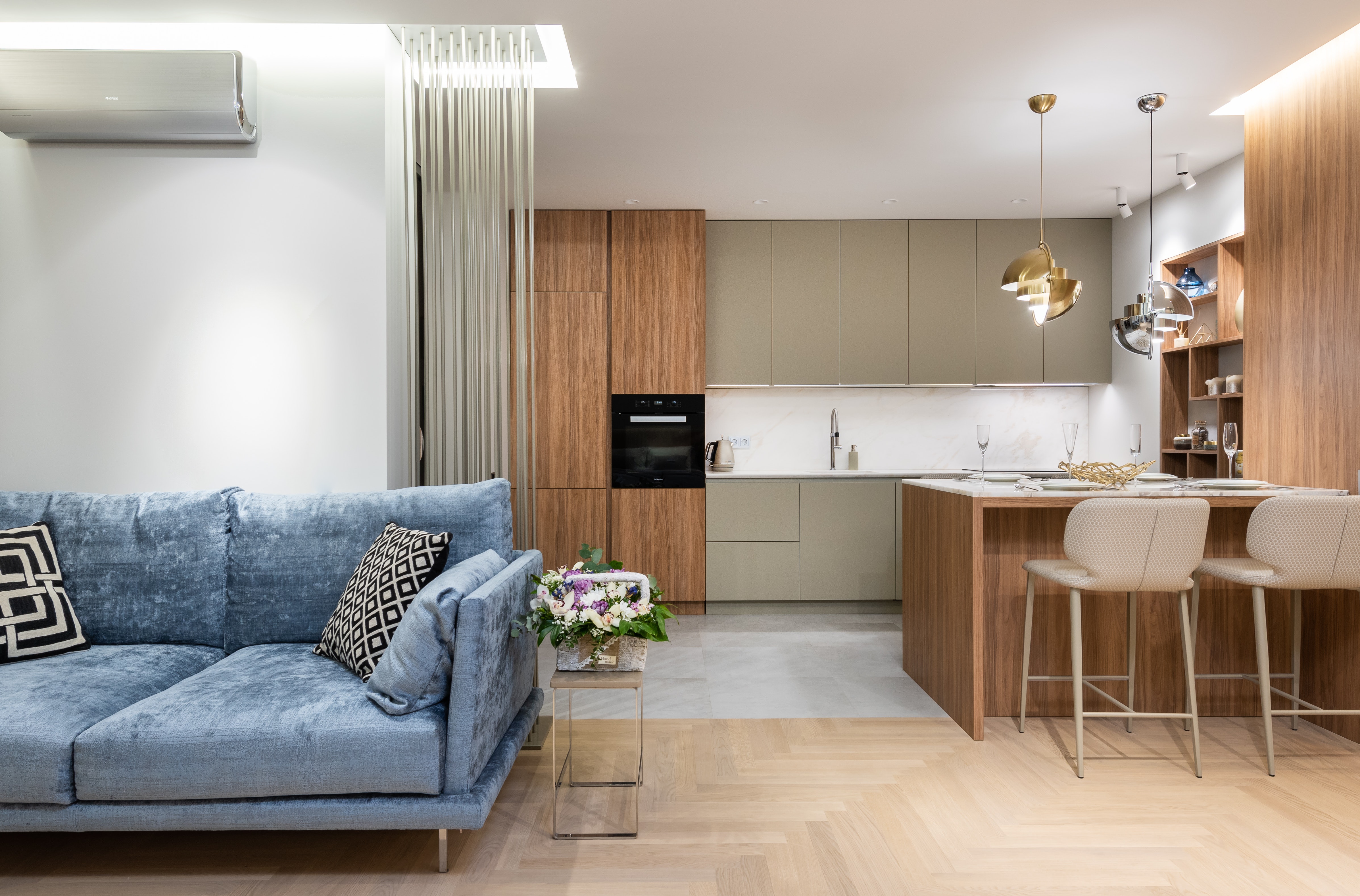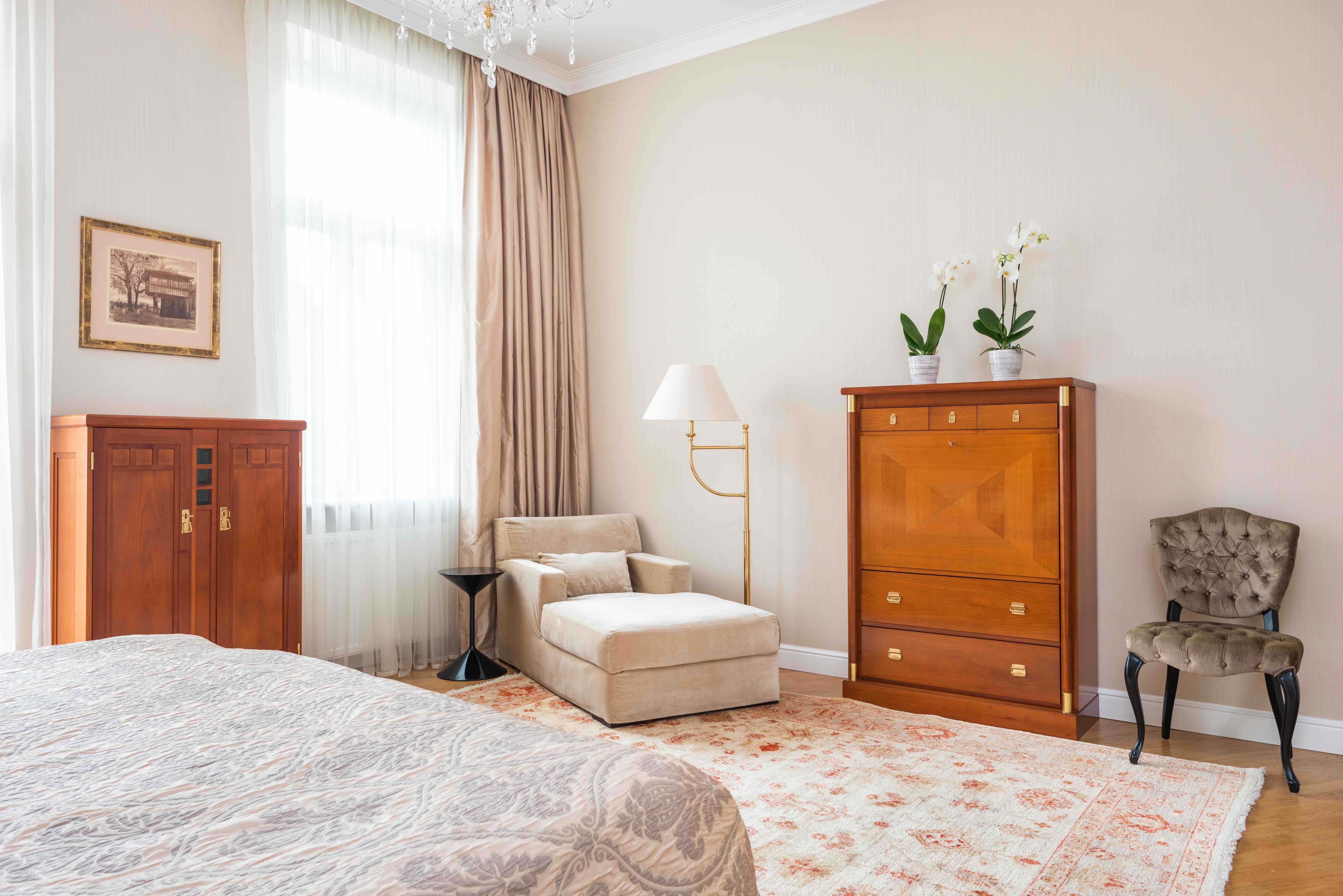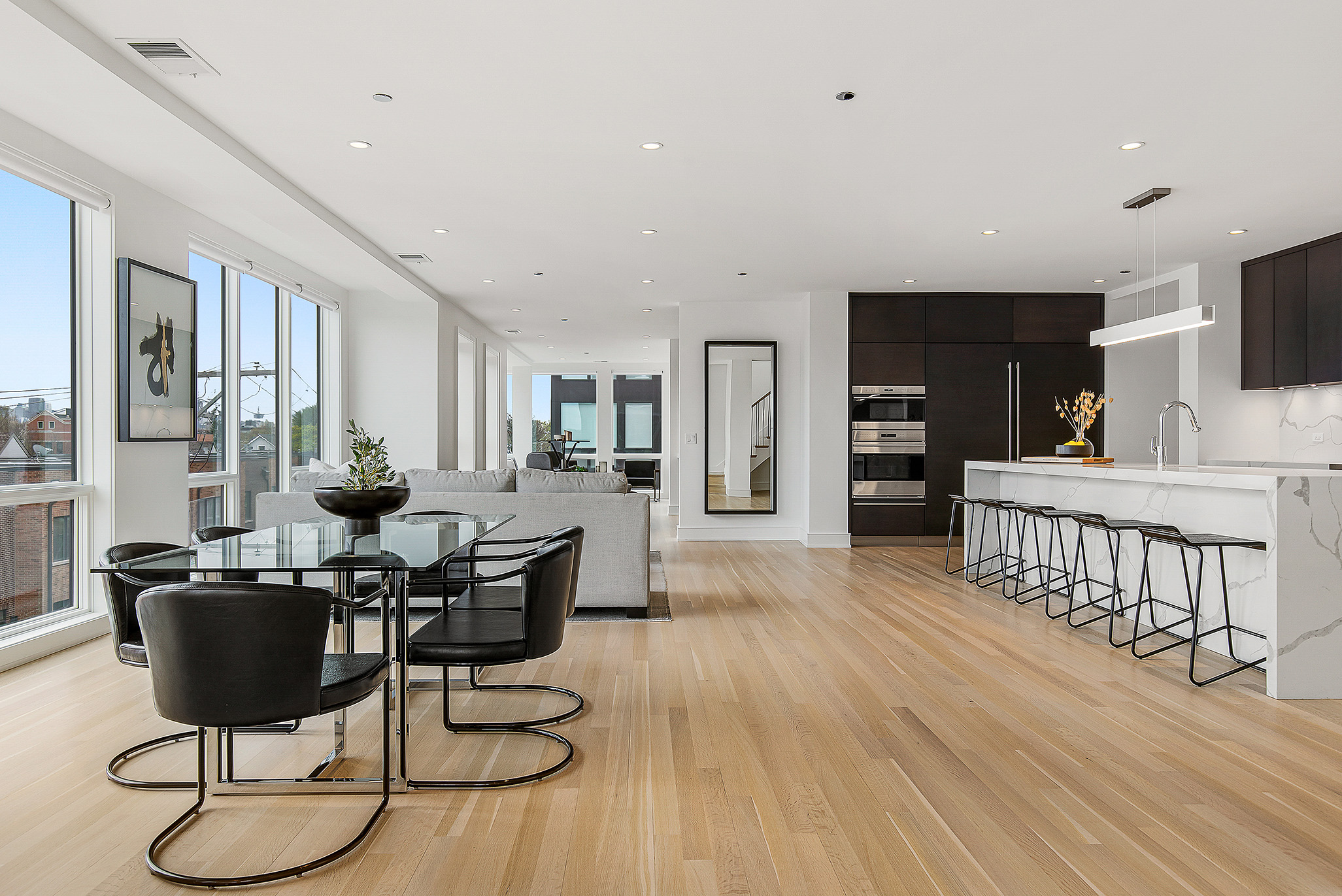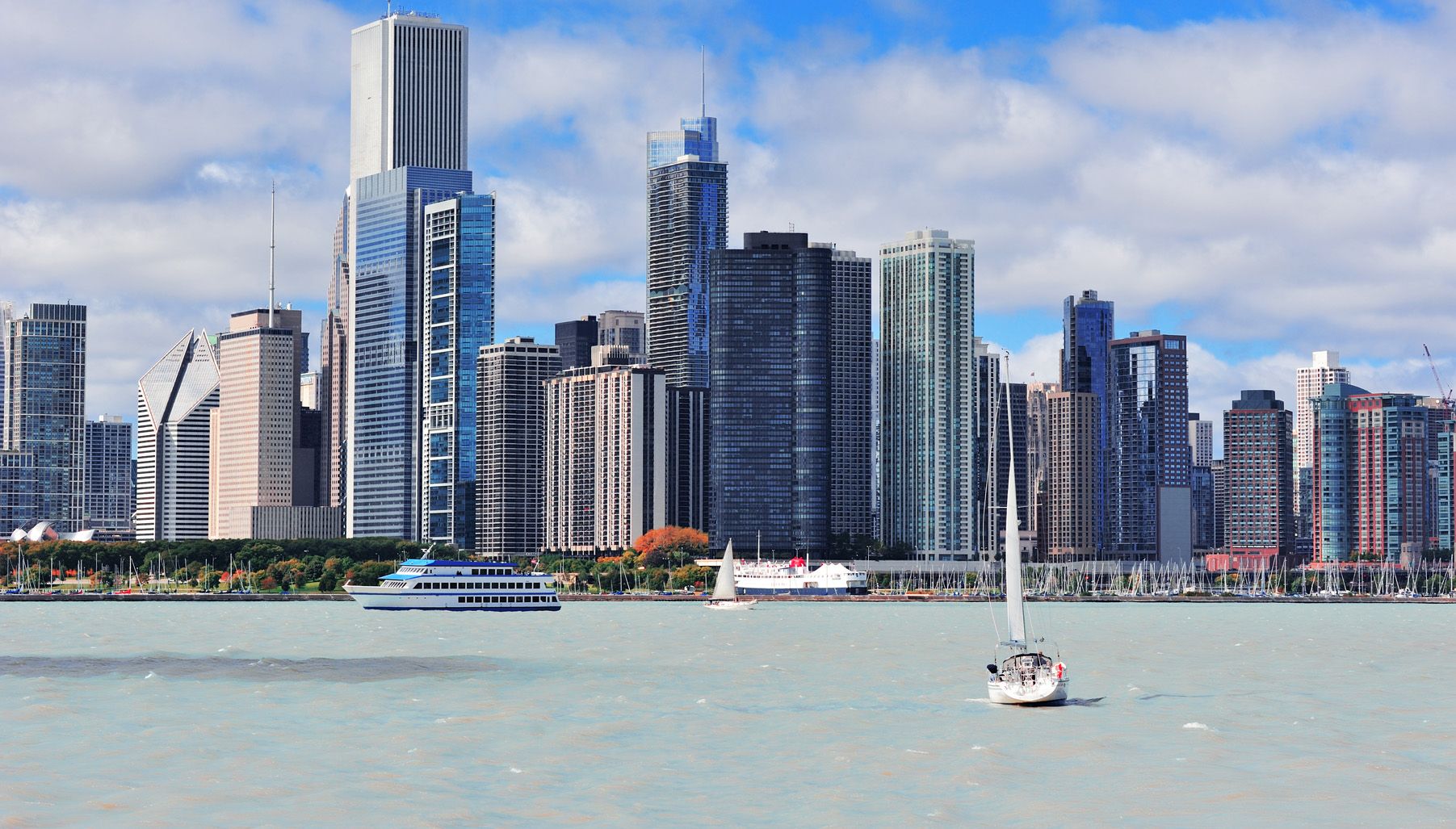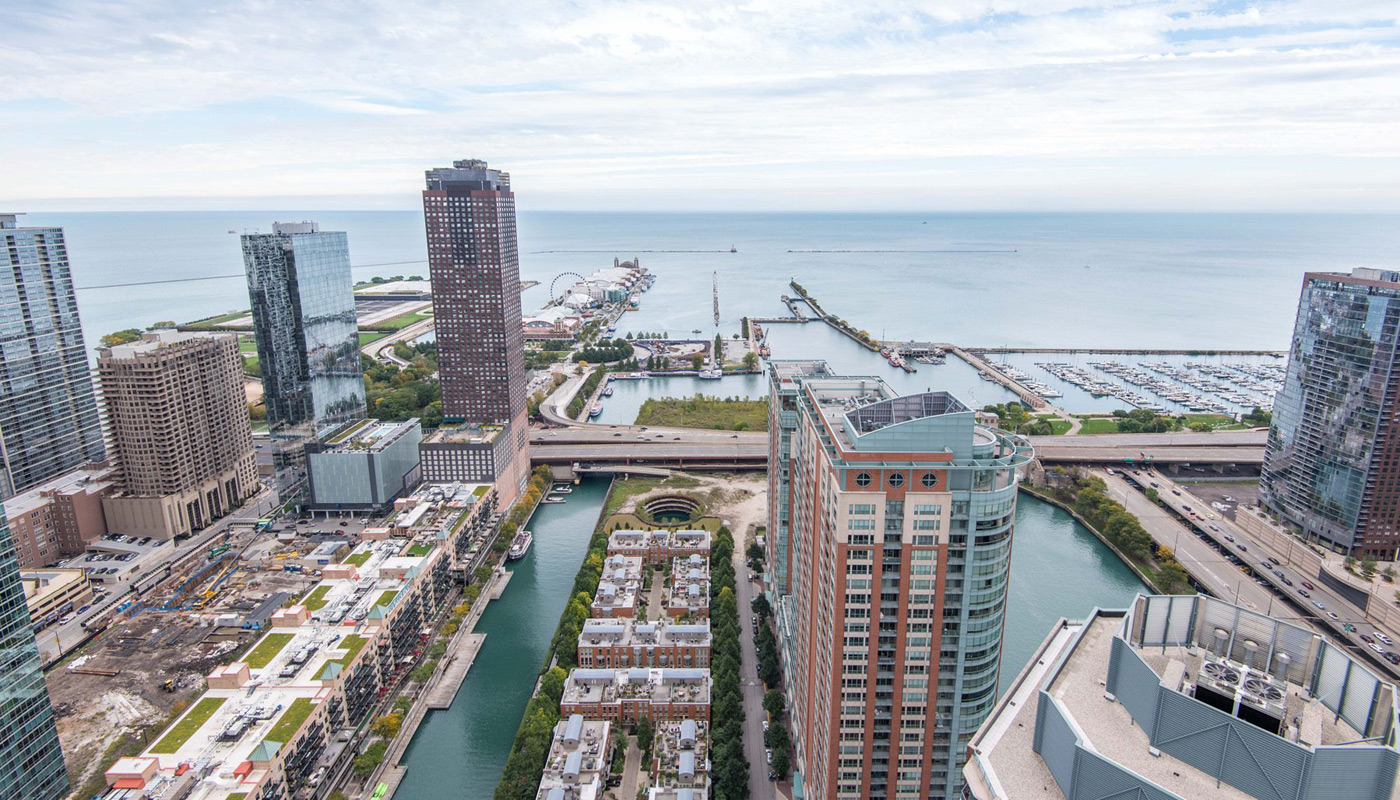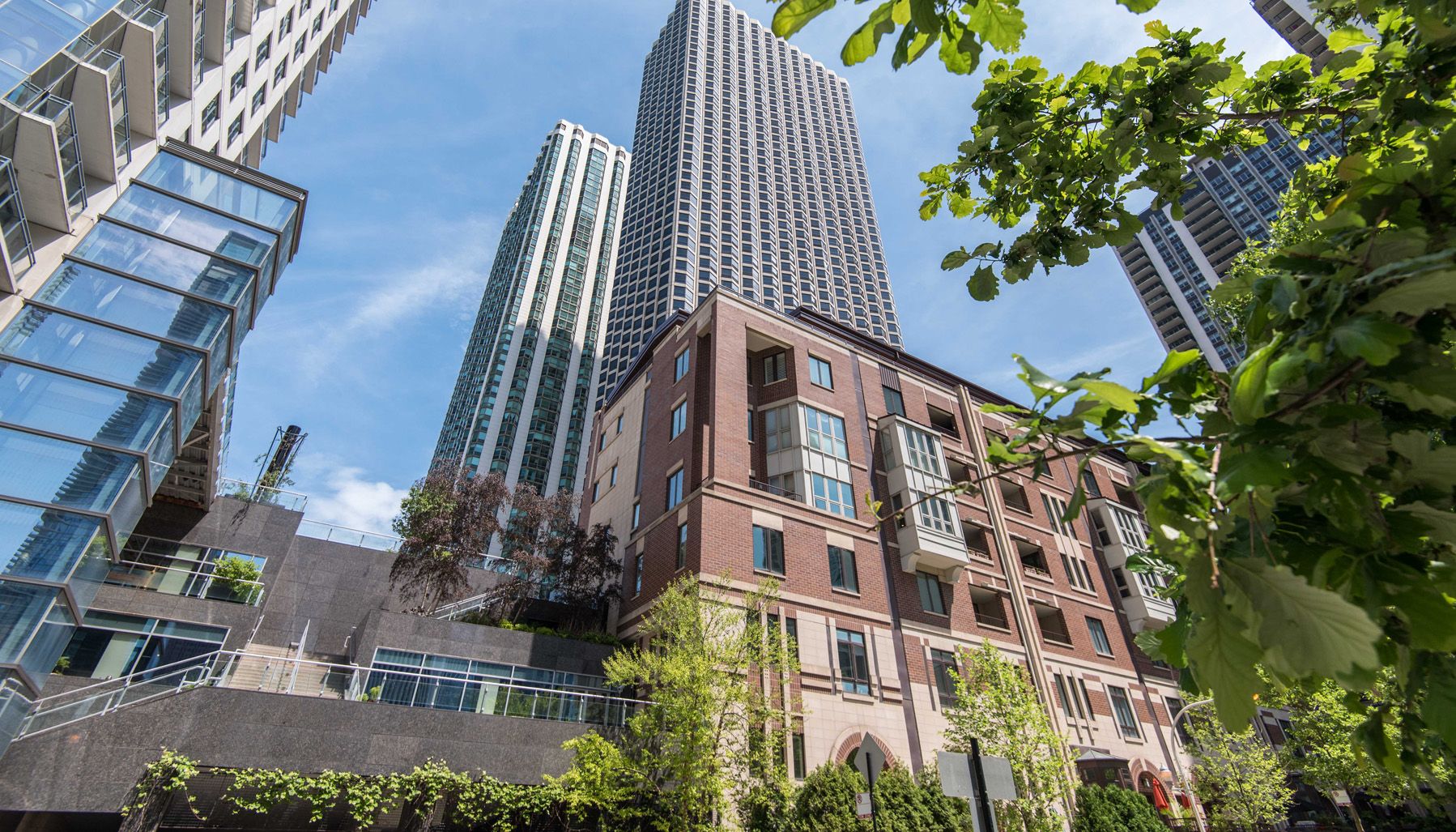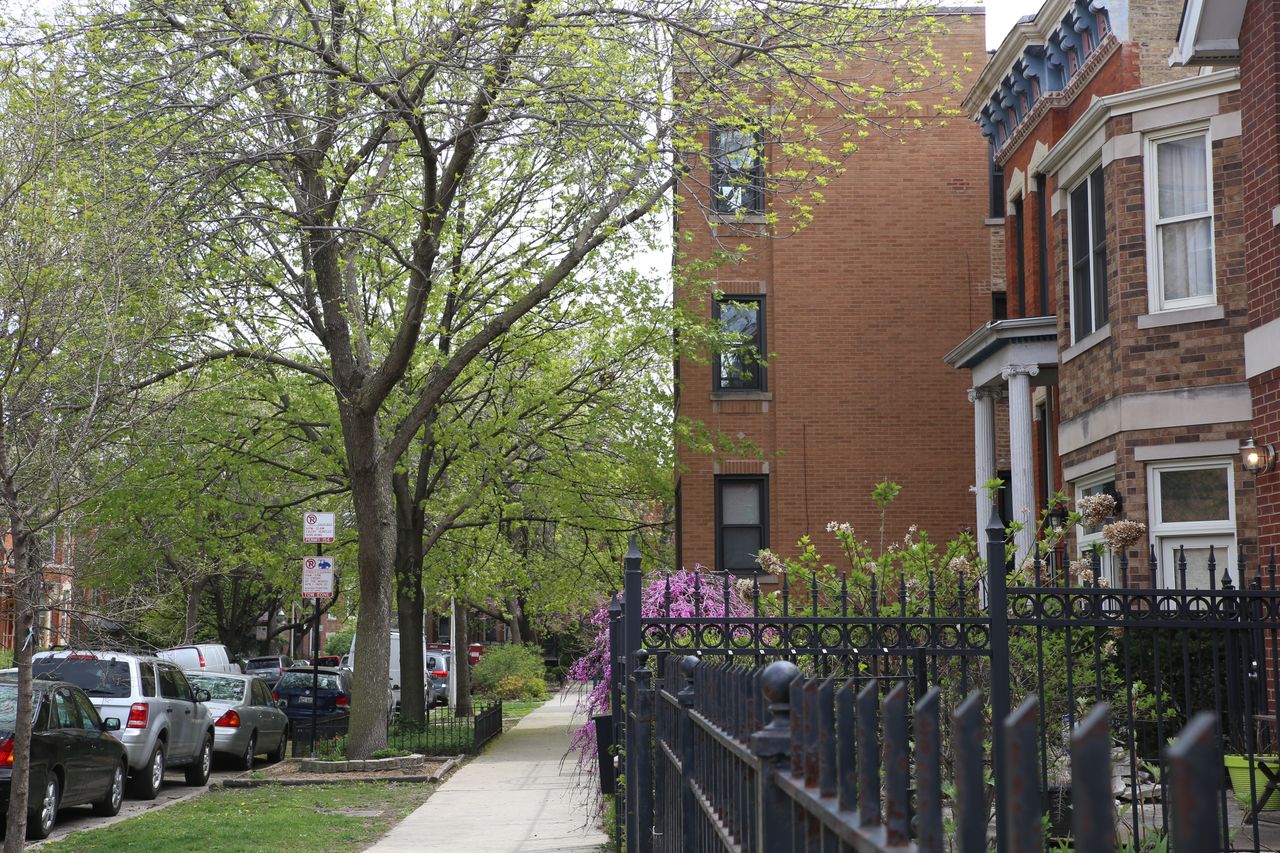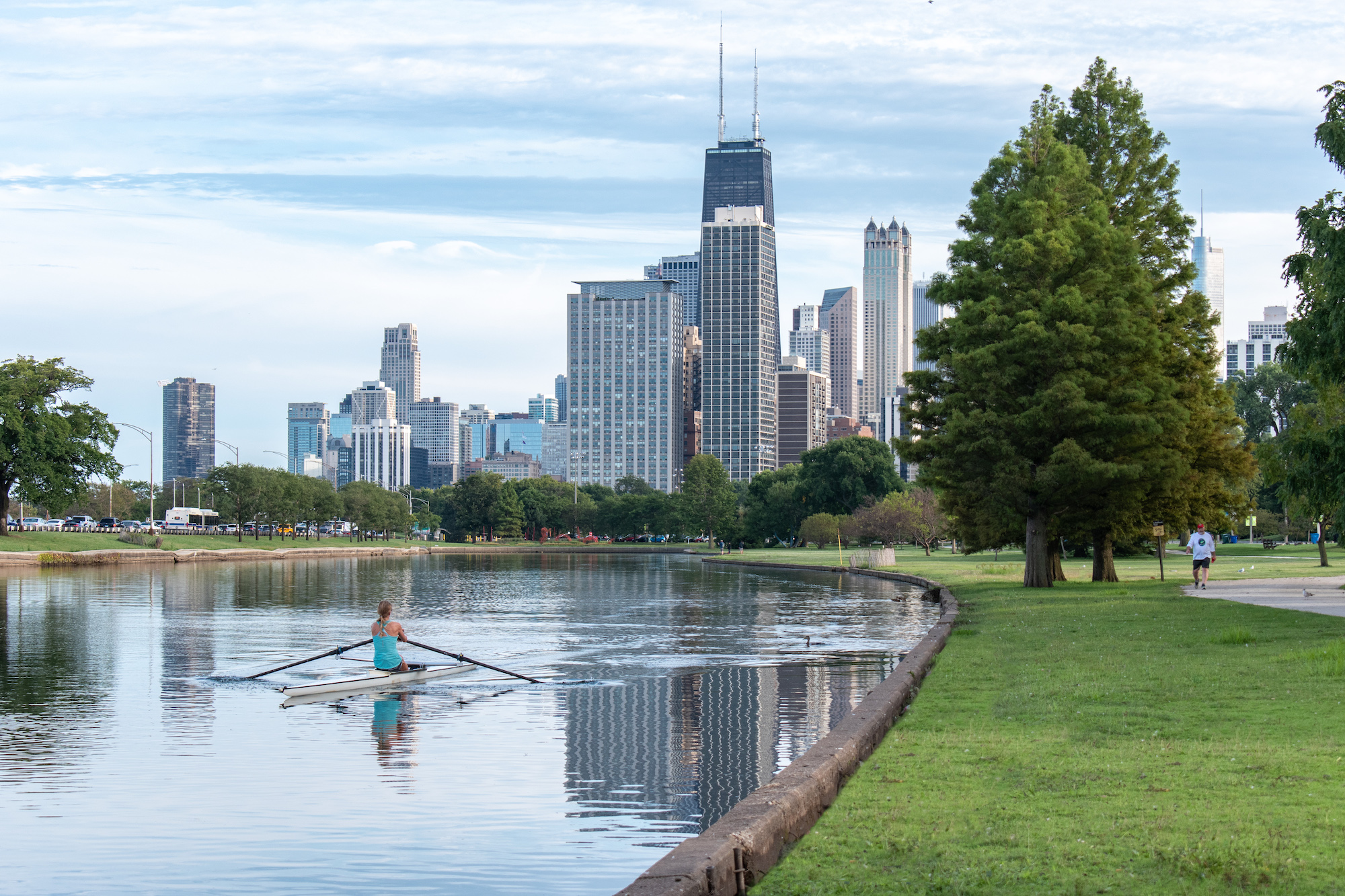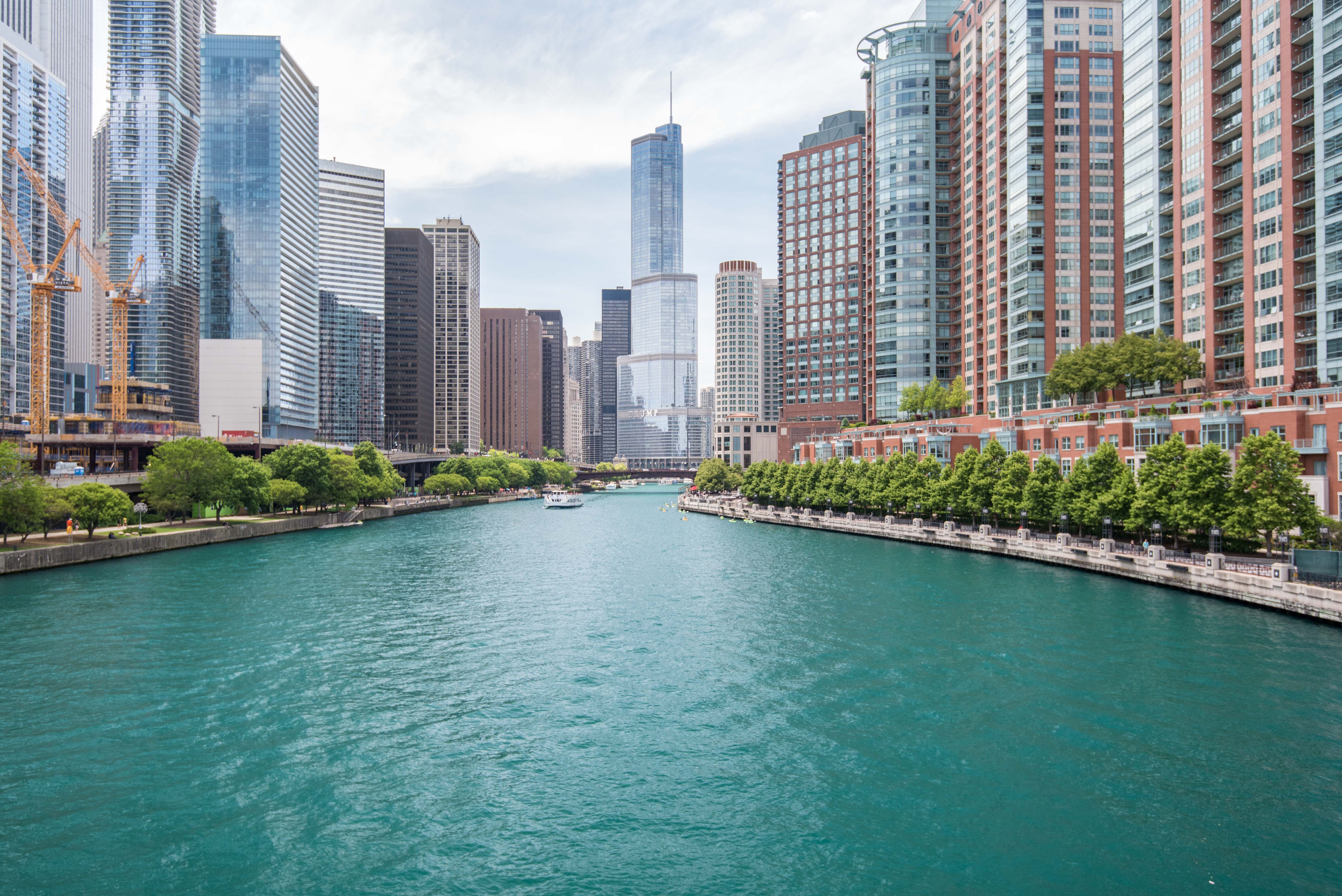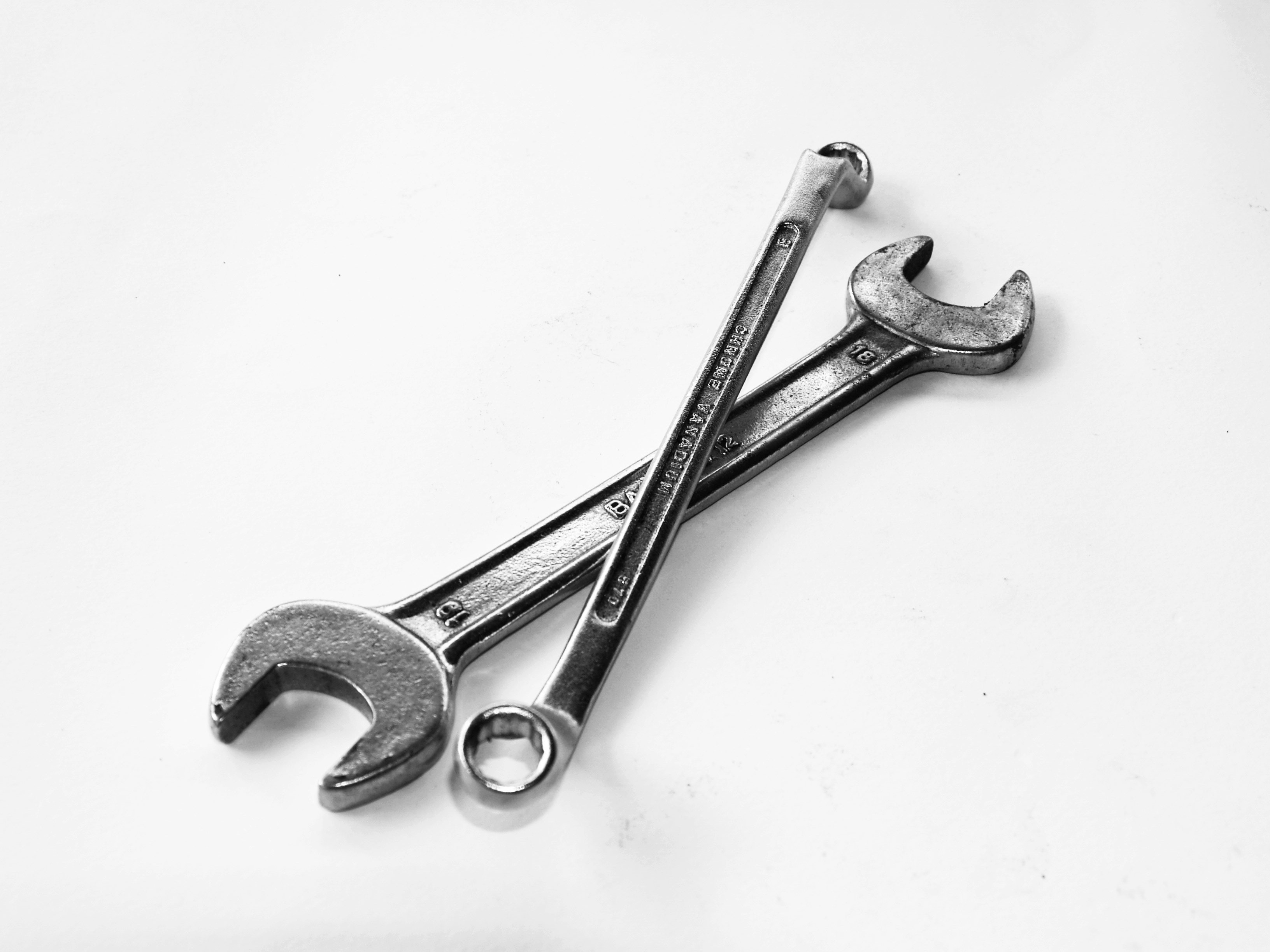Everyone has specific needs and wants when finding the perfect home. If you’re looking to move in 2022, see whether these condo types are right for you.
Chicago penthouse condos are one of the most luxurious condo styles available. A penthouse is a spacious and well-appointed unit that is traditionally located on the top floor of a building.
Unlike other units in the same building, penthouse suites offer a more expansive floor plan with more square footage for residents. Since penthouses provide more room, they are an excellent option for families or those who don’t want to forfeit city living or space.
The location of penthouses almost always lends to competitive views, which is a high selling point for many. Chicago units tend to provide expansive sights of the city and unique views from the different rooms throughout the home.
Chicago penthouses condos typically provide outdoor access as well. It’s common for these homes to offer a terrace or balcony, which is great for entertaining or soaking up the views from outside.
Since penthouses are considered luxury units, they will likely be paired with upscale finishes. You can expect premier appliances, hardware, and other impressive touches throughout the unit. Traditionally, these homes are also constructed with high ceilings, which also help a space feel more spacious and grand.
Penthouse owners often have access to luxury amenities as well. Depending on the condo building, you may find amenities such as pools, co-working spaces, fitness gyms, and more.
Studio condos may be a better move for a single person who doesn’t need expansive space. They typically feature a more compact design.
While you can find many different studio layouts, they all feature one open area: living room, bedroom, and kitchen. While the bathroom is separated, the rest of the home is within one room. Some studios do offer more division by providing a hallway between spaces or partial walls.
As more people migrate back to the city, studio living has become increasingly popular. That’s no surprise because, despite the smaller square feet, these condos offer unique perks for owners.
The most obvious benefit is likely the savings. Studio condos are often sold at lower price points than homes with more rooms, and there are also fewer ongoing costs, like utility bills. When you have less square footage, there is less space to heat and cool. Your bank account can appreciate those reduced expenses on the monthly bills. You may even be able to purchase a more affordable WiFi package to ensure Internet for your entire home.
Studio condos are also easier to maintain. Deep cleaning is much more manageable when working with a studio. This type of home requires less attention, saving time and costs on products or services if you hire someone else to spruce up your space.
If you’re motivated by leaving less of an impact on your environment, you’ll be pleased to know that studios help in this mission. It takes fewer materials to build this type of place; plus, there is often less electricity and water used in studio apartments.
Loft condos are very unique. Traditional loft condos, also known as “hard lofts,” are found within old warehouses or industrial buildings. While many of these buildings have been renovated, they still preserve a lot of the history and charm of the building’s past.
There are also “soft lofts,” which are loft-style condos featuring new construction but still mimicking the look and feel of classic lofts. Most lofts, especially hard lofts, are located in urban areas. West Loop, as a former meatpacking district, is known for its array of trendy lofts.
Lofts typically do not have interior walls, have more open space and higher ceilings than other homes, and require minimal maintenance. Many people drawn to lofts appreciate the industrial vibes, along with the openness that these condos provide.
Lofts also boast unique industrial features like exposed ductwork, pipes, beams, brick and concrete floors.
This condo style is similar to studio condos in that they often feature a very open floor plan, with no division between the living room, kitchen, and bedroom.
Some drawbacks to lofts include noisiness, lack of storage, and higher utility bills. Still, many people find these disadvantages worth getting the perks of loft living.
A condo is considered garden-styled when it is situated on the ground level and has access to considerable garden space or the lawn. These condos are usually one, two, or three stories high.
Since garden condos offer more outdoor space, they are more popular in the suburbs compared to downtown Chicago. But that’s not to say you can’t find this style of home in the city. Since garden space is considered a privilege in urban areas, many will go out of their way to enjoy access to garden space.
Plenty of people are drawn to this style of living because they provide easy access to outdoor space and better access to the condo amenities and even parking. Residents rarely have to worry about elevators or endless stairs in these homes. Additionally, garden condo buildings tend to be more spread out than mid- or high-rise condos.
Those looking to save money where they can likely appreciate the cost-efficiency of garden condos. The average price point and cost of cooling a garden-style condo are lower than other condo types.
Pet owners also gravitate toward garden condos for the ease of taking their furry friends outside.
As the name implies, vintage condos come with a distinctive architectural charm. Many of these units are found within buildings built in the late 1800s and early 1900s. They boast noteworthy features, including parquet floors, super high ceilings, elaborate wood molding, formal dining rooms and even claw-footed bathtubs. It’s also very common for their entrances to be grand and welcoming.
While some buyers appreciate the appeal of an older home, this purchase doesn’t come without setbacks. Given the time period of construction, many vintage condos lack large closet space, central air conditioning, and luxury amenities. It’s also important to note that because aging plumbing and electrical systems cannot meet the demands of modern-day living, residents often are prohibited from installing their own clothes washers, dryers and dishwashers.
From a cost standpoint, prospective buyers should also know that assessments for these property types are high. Despite their quality construction, vintage buildings are old, making them expensive to maintain. They are also generally more costly to insure.
For those interested in taking on a vintage home, the good news is that Chicago is full of these charming properties. Old Town, Gold Coast and Lincoln Park are great places to start looking.
If you’re someone who doesn’t want to forgo newer technologies, amenities, and finishes, you may be in the market for a modern condo. This property type features newer construction and all of the perks that come with a fresh build.
It’s common to find modern condos throughout the city, in both high- and mid-rises. You’ll also notice that modern condos tend to have a sleek look and feel. Many boast top-notch design trends and appliances.
Layouts are typically just as crisp and clean as the surrounding aesthetics. While amenities vary by condo building, you can find everything from rooftop pools to dog parks to study lounges within contemporary condos.
If you appreciate current design trends and the feeling of buying something brand new, you may want to start browsing the modern condos that Chicago offers.
One of the best things about house hunting in the Windy City is the array of options. Regardless of what types of condos spark your interest, you don’t have to worry about a lack of options here.
Team up with a Luxury Living Chicago Realty expert to help you navigate all of the different choices to help you narrow down the condo that is right for you.
